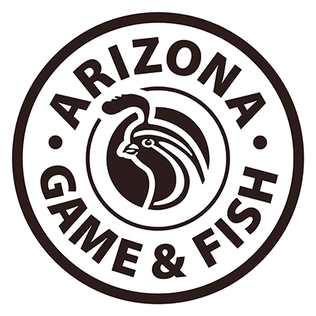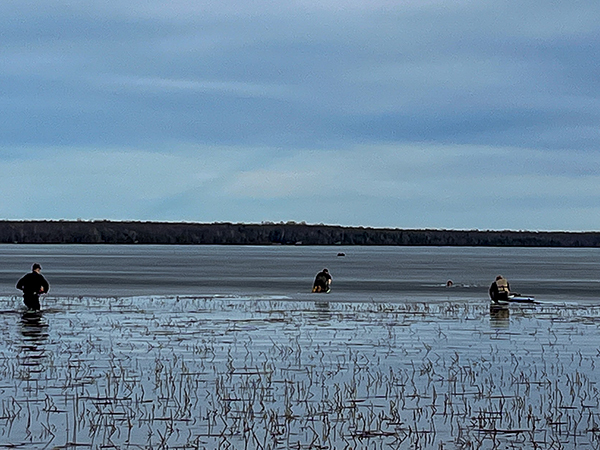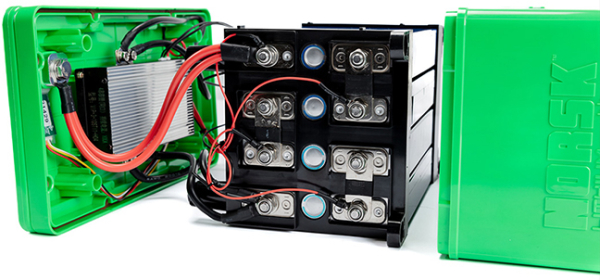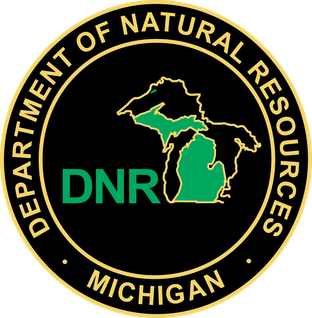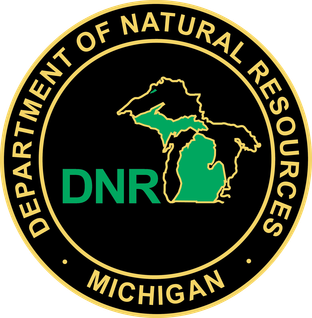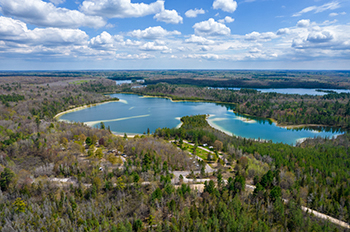Kite Fishing 101 with Tigress Outriggers and Gear
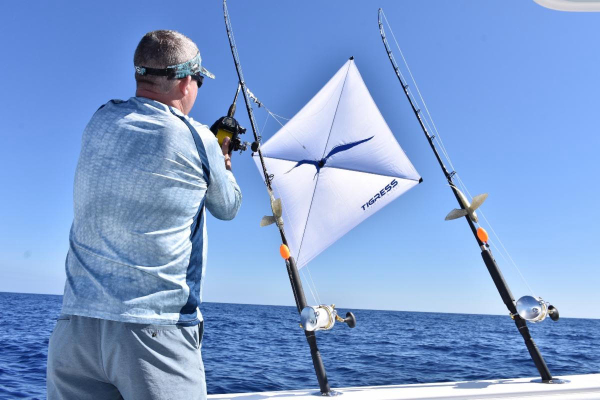
Kite fishing is gaining popularity in the offshore fishing community as anglers note the productive results behind a very exhilarating fishing strategy. Tigress has designed many options to give anglers all the gear they need to succeed when trying this method.
The kite keeps live baits on the water’s surface, creating a realistic presentation for surface-feeding fish. As anglers deploy the kites, a large surface area across the ocean gets coverage as the bait fish entices the target predator to come up for a quick bite. This technique is most known for catching sailfish. However, kite fishing will attract other species, such as dolphins, mahi-mahi, wahoo, king mackerels, and tuna.
Offshore fishing often comes with a wide variety of winds and sea conditions. Like the traditional kite, the wind will play a role in the kite’s ability to fly. One of the fantastic features of the kites offered by Tigress is no matter the wind circumstances, multiple kite selections are available and fine-tuned for each type of wind, whether light or strong. The options available are the Specialty Lite Wind Kite, the All Purpose Kite, and the Hi-Velocity Kite. Read more

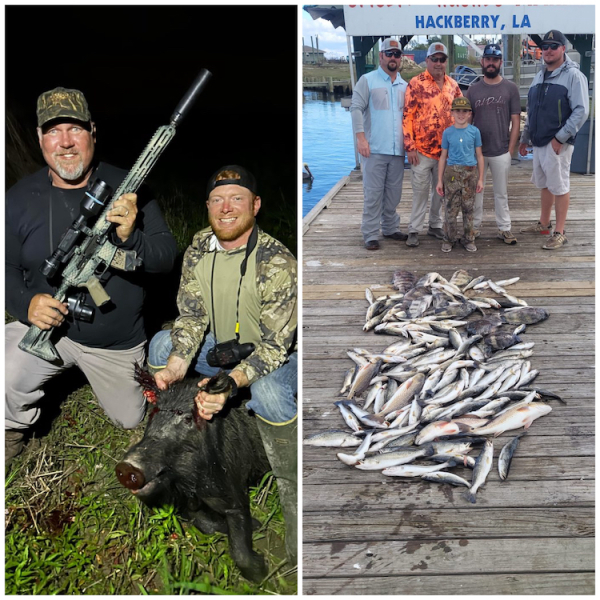
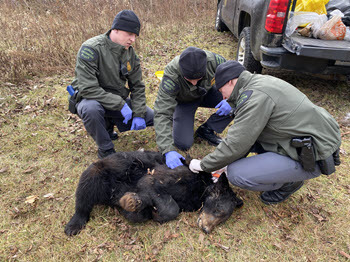 If you or someone you know has dreamed of a career among the ranks of the state’s conservation officers, listen up: The Michigan Department of Natural Resources is accepting applications for the training academy that starts i
If you or someone you know has dreamed of a career among the ranks of the state’s conservation officers, listen up: The Michigan Department of Natural Resources is accepting applications for the training academy that starts i